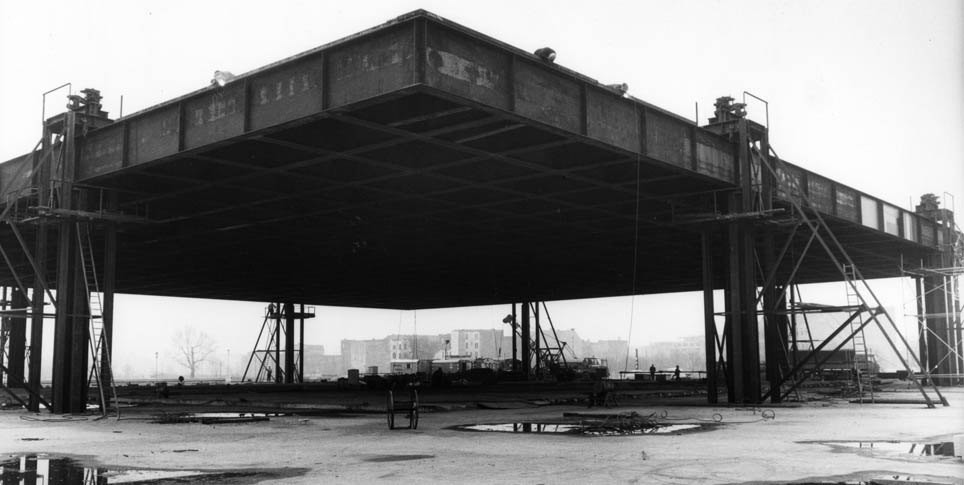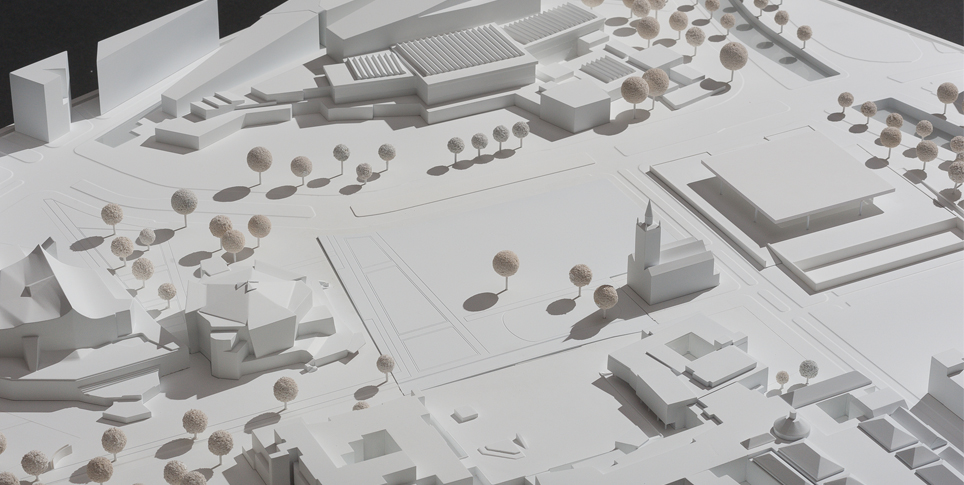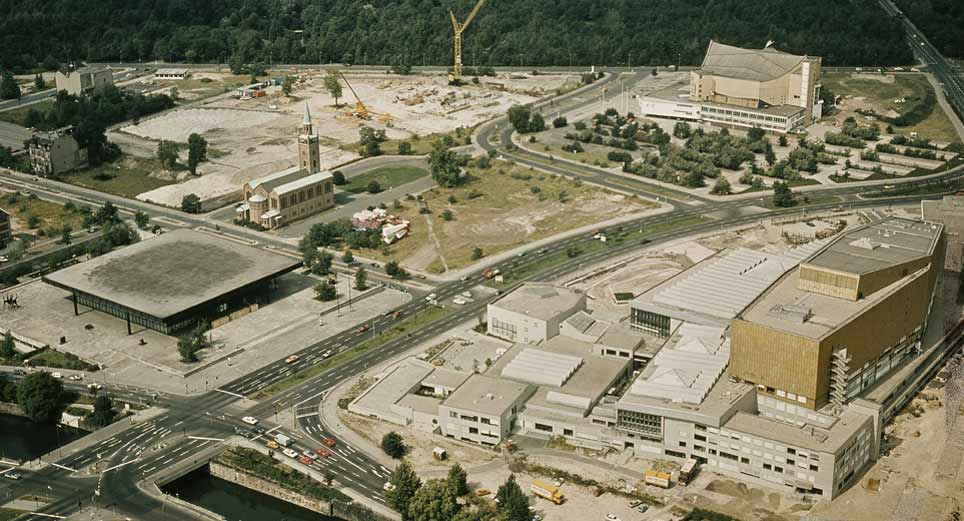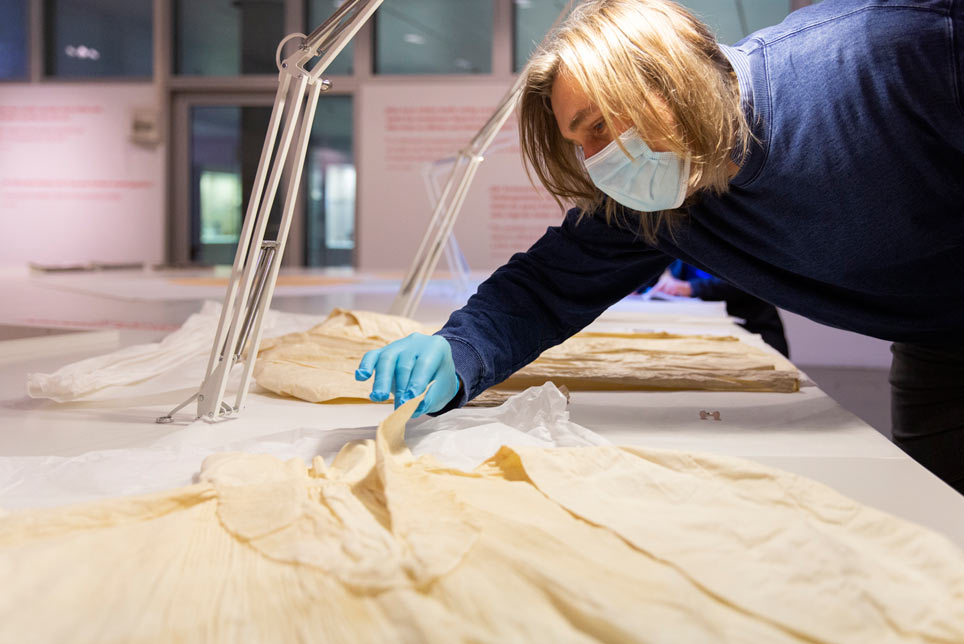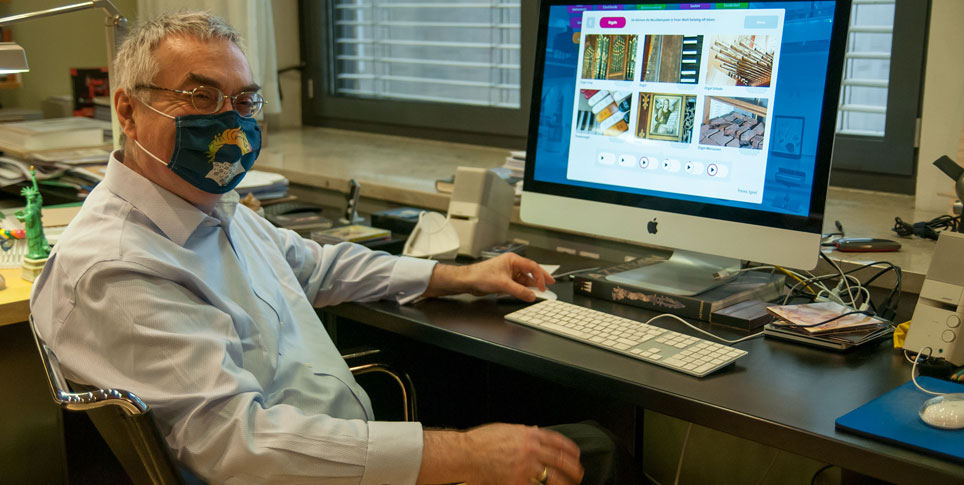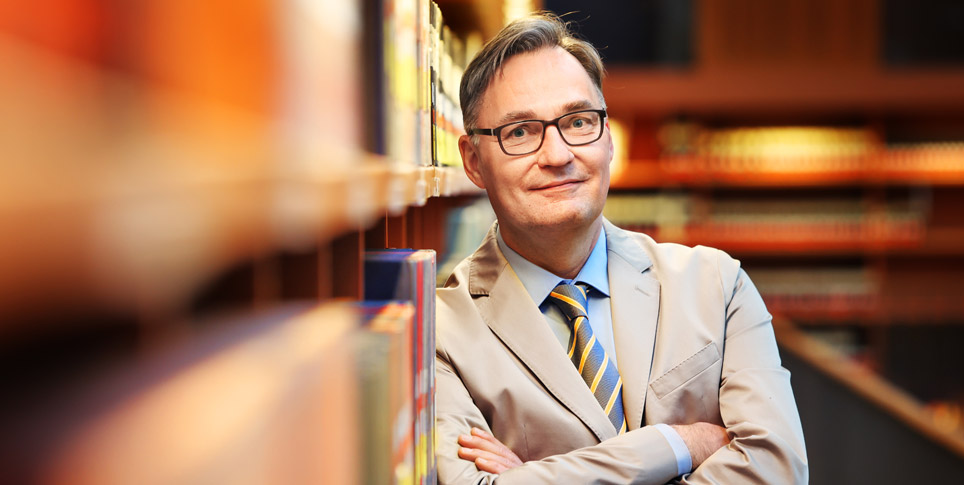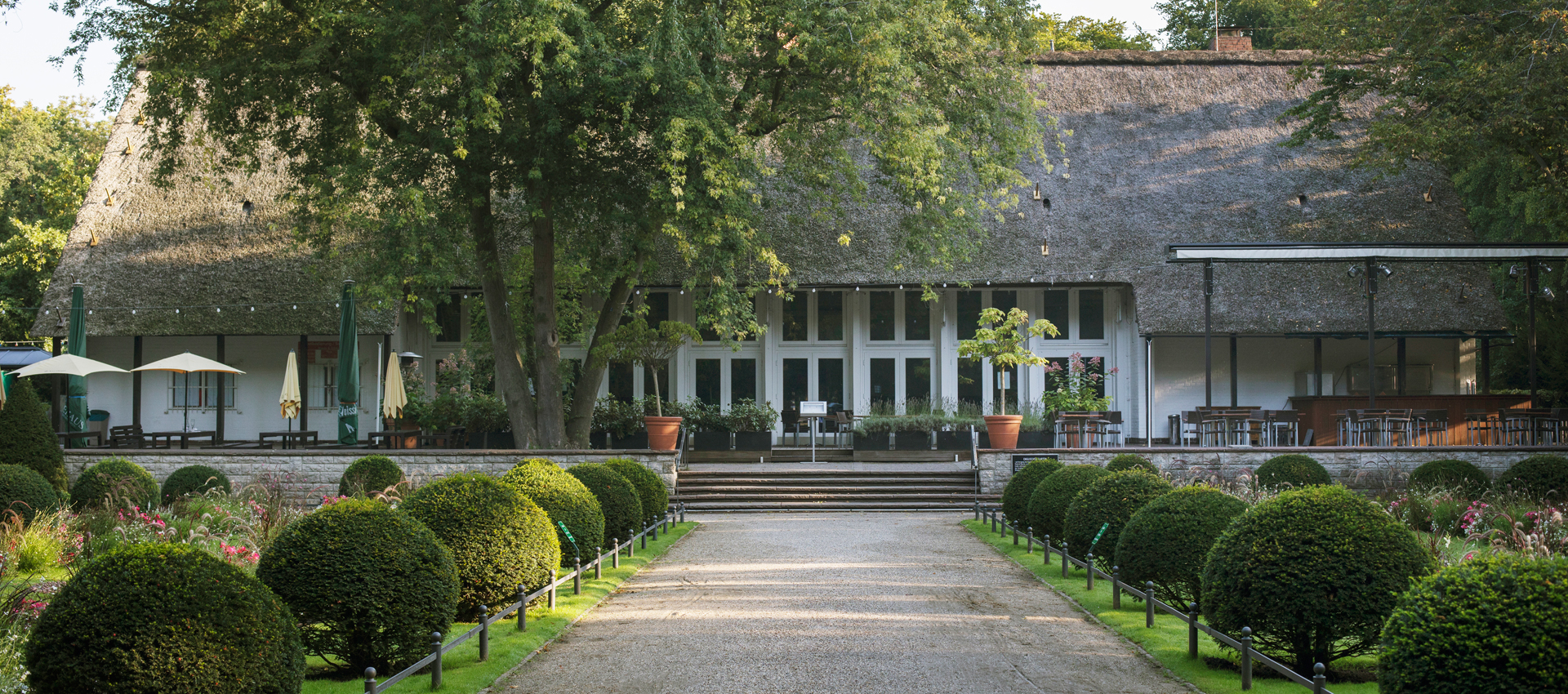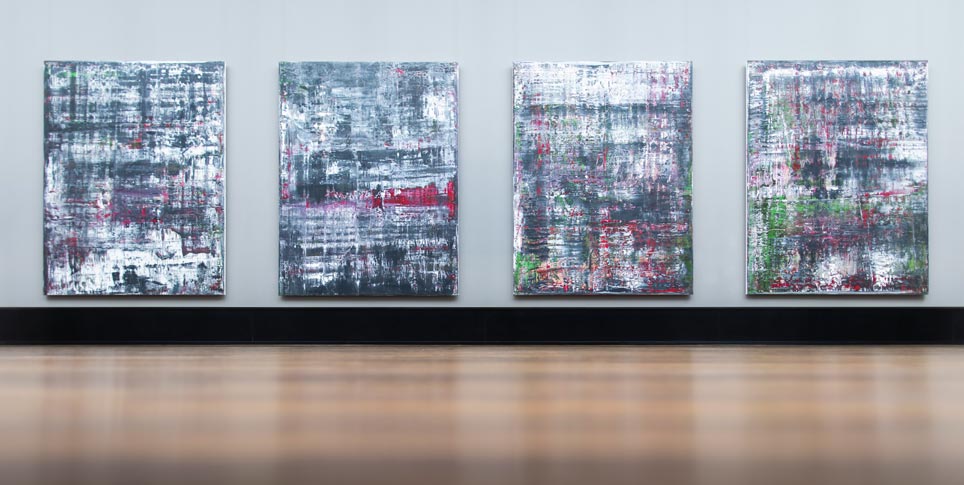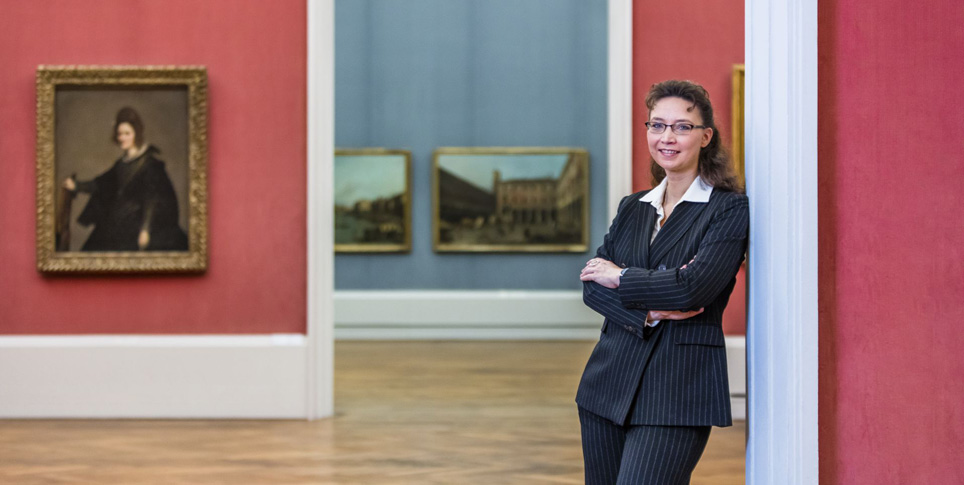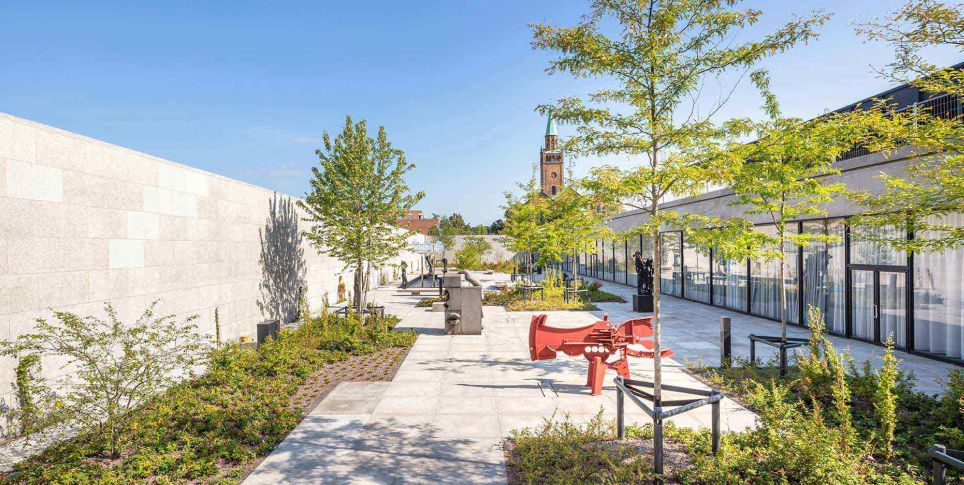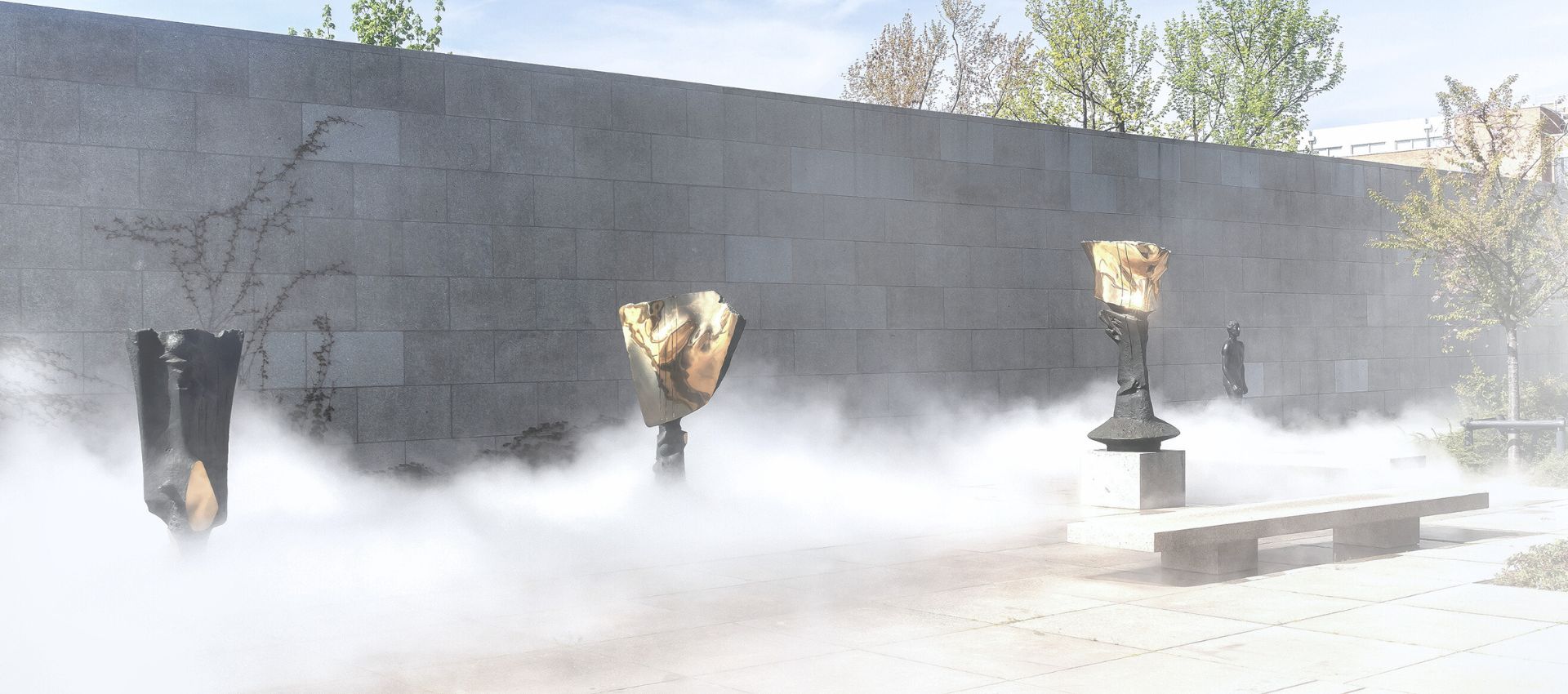For decades, the Kulturforum in Berlin has been an unfinished place full of utopian potential. With the "Utopie Kulturforum" project, the institutions at the Kulturforum have come together for the first time to bring to light the history and the potential of the Kulturforum as a source of inspiration for the future. In the interview below, Joachim Brand, deputy director of the Kunstbibliothek (Art Library), explains exactly what is involved.
What was, or is, the "Utopian Kulturforum," and how has it evolved over time?
The Kulturforum is an open, unfinished place that has inspired utopian thinking to this day. Its past is inextricably linked with sweeping change, running the gamut from destruction and displacement to utopia. Twentieth-century German history, with an empire, two democracies and two dictatorships in fewer than eighty years, has left deep marks here. The politics, ideologies and society of that history have in turn shaped the architectural and social history of the entire district. A number of architectural utopias are associated with the Kulturforum. They start with the urban axes envisaged by city planners during the German Empire and extend to the early designs for high-rise buildings in the Weimar Republic and the monstrous visions of National Socialism. The urban design competition of 1957 and the utopian spirit of democratic awakening in the West Berlin of the 1960s marked the beginning of the architectural history of the Kulturforum. It was during this period that two of its landmarks were built: the Philharmonie and the Neue Nationalgalerie, which became world-famous architectural icons. Other plans and visions were developed for the Kulturforum later, as the postmodernist era began, and various competitions were held following German reunification. This process of urban development at the Kulturforum is now coming to an end with the construction of the new Museum des 20. Jahrhunderts (Museum of the 20th Century). The issue of the social utopias that were and are linked to the styles of architecture at the Kulturforum remains a potent one in the current discussions concerning the future character and appearance of the location. This subject serves as a point of departure for the "Utopian Kulturforum" project. Using decentralized exhibitions, public discussions, workshops and art happenings, the project aims to unlock the utopian potential of the Kulturforum as a source of inspiration for the future.
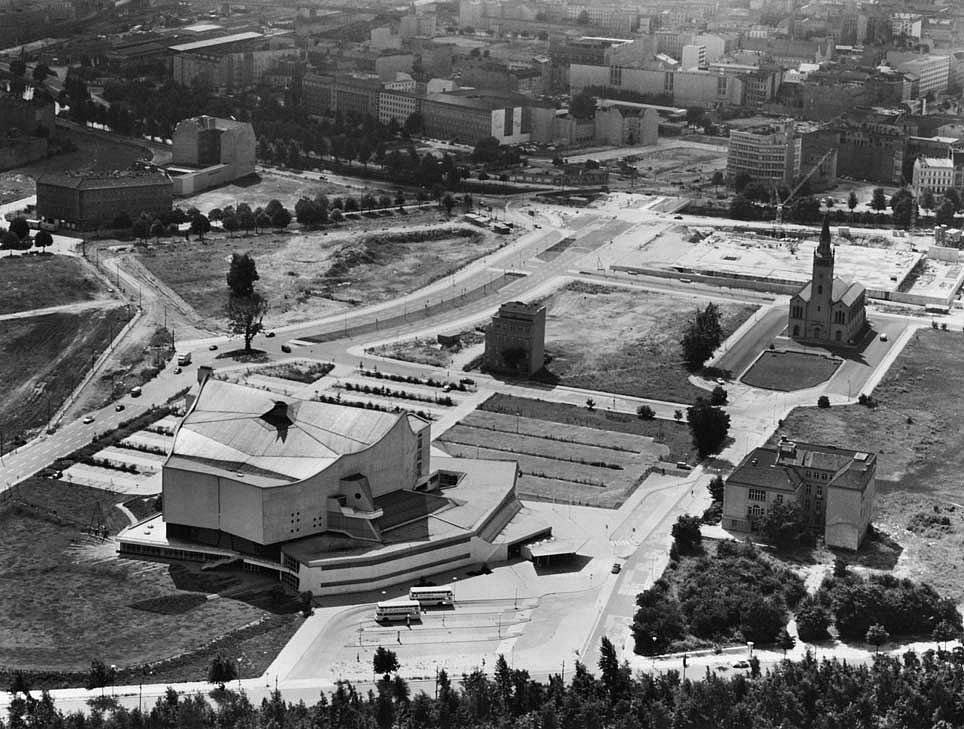
Kulturforum 1966 without State Library and New National Gallery © bpk / Rolf Koehler
Where did you get the idea for this project?
In late 2019 and 2020, the Stiftung St. Matthäus (St. Matthew's Foundation) organized a project called "The Vanished City. Reconstruction of the Old Tiergarten District" with three evenings of readings at St. Matthew's Church. The positive response encouraged Hannes Langbein, director of the Stiftung St. Matthäus, Ingolf Kern of the Stiftung Preussischer Kulturbesitz (Prussian Cultural Heritage Foundation) and myself as spokesman for the Staatliche Museen (National Museums) at the Kulturforum to take a look at the entire history of the Kulturforum and the utopias associated with it. In the past, the institutions at the Kulturforum have been heavily focused on themselves and the work of their own – very successful – programs. There have been no common activities and structures. Our objective is to establish regular communication among them and to generate an emotional sense of solidarity within the group that shares this unique cultural district and top-notch location in central Berlin. Coming to terms with the location is another aspect, along with addressing our shared future at the Kulturforum.
What can visitors expect in concrete terms?
Visitors will be invited to take a self-guided walking tour through the Kulturforum and explore it for themselves. They will be offered an app with information and explanations to help them navigate and get to know the area. The information in the app presents the chronological layers of the historic Tiergarten district at present-day locations. During their tour, visitors can stop at the Philharmonic, the Staatsbibliothek (Berlin State Library), the Neue Nationalgalerie, St. Matthew's Church, the Kunstbibliothek (Art Library), the Kunstgewerbemuseum (Museum of Decorative Arts) and the entrance hall of the museums. They can view the exhibitions at those sites free of charge, the smaller ones and the large ones.
What are the main themes of the exhibitions?
The institutions at the Kulturforum will primarily give an account of the architectural history of their buildings during the utopian awakening in the aftermath of the Second World War. They will also offer their own views of their shared, sixty-year history at the Kulturforum, its flaws as an example of urban design, and its potential. Furthermore, the exhibition at the Kunstbibliothek will present the history of the Tiergarten district, including its destruction in the war and during the post-war years, and the utopian proposals for redesigning the area made by numerous architects.
Will there be any other events held in tandem with the exhibitions?
Five public discussions are being planned to complement the exhibitions. They will be held in front of an audience in the buildings of the institutions taking part in the project, insofar as possible in view of the coronavirus pandemic. The topics have not yet been finalized. Since the Kulturforum has always stood for vigorous discussion with room for strongly held opinions, I expect there to be intense and controversial debate.
Art interventions are also planned. What is that about?
The art interventions are supposed to encourage an alternative perception of the buildings as well as interaction among the participating institutions. At the Kunstgewerbemuseum, projections will be used to show an animated intervention titled "The Kunstgewerbemuseum – A Built Utopia?" An examination of the museum building serves as the starting point for exploring questions of utopia and materiality in architecture and design. The Philharmonic is planning a concert at the Neue Nationalgalerie dedicated to music in the Bauhaus school.
What effect is the pandemic having on your project?
Putting together an exhibition about a complex subject in a short time and with numerous participants is a big challenge, even under normal conditions. The coronavirus pandemic is causing extra uncertainty in the program scheduling, because we cannot currently assess what the situation will be like in the fall of 2021. If the conditions are highly unfavorable, we would expand on the digital components of the project, including a web presentation and especially the app dealing with the Kulturforum.



